
A Study of Cotton Rose (Hibiscus mutabilis)
A Study of Cotton Rose (Hibiscus mutabilis)
Made for the European market
Guangzhou (Canton), China, c. 1800–1830
Watercolour on pith paper
38.5 cm high, 30.5 cm wide
Stock No.: A5319
A Study of Cotton Rose (Hibiscus mutabilis)
Also known as the confederate and cotton rose, Hibiscus mutabilis is a large shrub or small tree originally from Southern China and Taiwan. The cordate leaves have five lobes and serrated edges. The white flowers open at dawn before turning pink towards the afternoon, then a deep red by the evening.
The present study shows a branch with two flowers, three mature leaves, a young leaf and three buds. A profusion of white petals cascades languidly in all directions as the largest flower bows under their weight. From the centre exceptionally delicate white lines appear against a fawn shadow, creating a sense of volume and movement. As the petals curl, tinges of pinks fading to white appear on their undersides. Surrounding the flower, three buds are ready to burst open. Their wavering sepals creating the sense of them bobbing in the breeze adheres to the naturalistic element of Chinese painting during the early 19th century. The browning of the leaves also indicates a Chinese hand, as does the presentation of the underside of the leaves in a pale green.
The inscription at the bottom reads “Hibiscus mutabilis, flora plena.” Deriving from the Latin phrase meaning ‘many flowers’, flora plena refers either to flower varieties with a double set of petals or to flowers with an exceptionally large number of petals. Known as mufurong hua in China, the dried flowers have a cooling property and are used in traditional medicine for burns, scalds, swelling and pain.
Comparable examples may be found in the collections at the Victoria and Albert Museum, London (AC. D.103–1890).
Bibliography
Souvenir from Canton: Chinese export paintings from the Victoria and Albert Museum, Shanghai, 2003.
Magee, Judith. Chinese Art and the Reeves Collection, Natural History Museum, London, 2013.
Wang, Kai. The Mustard Seed Garden Manual of Painting, Princeton University Press, 1992.
Bailey, Kate. “The Reeves Collection of Chinese Botanical Drawings”, The Plantsman, n.s. 9 (4), 2010, pp. 218–225.
@AMIRMOHTASHEMI




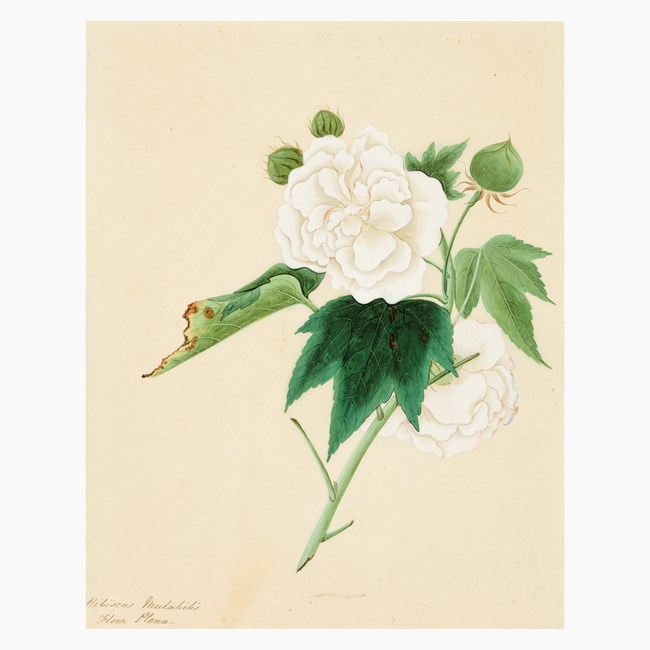
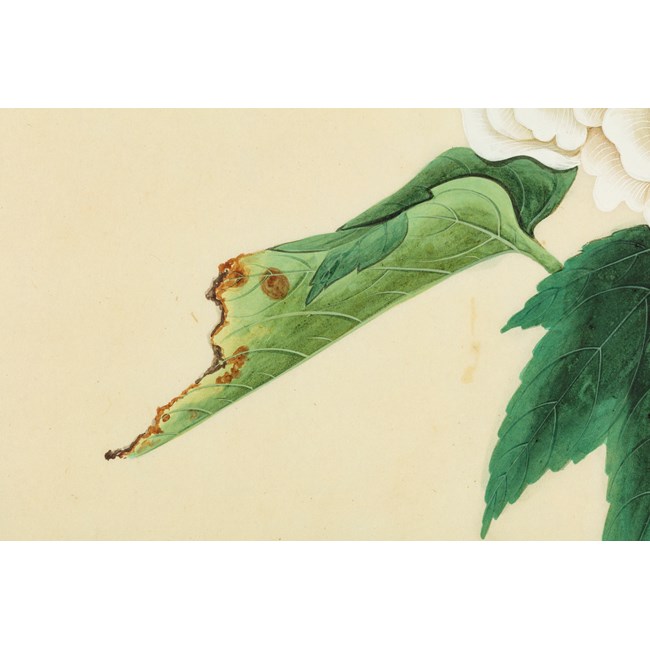
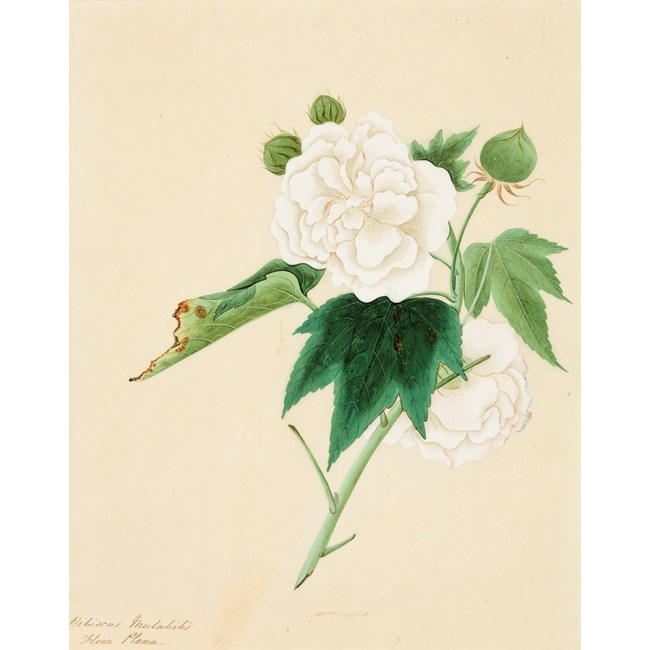

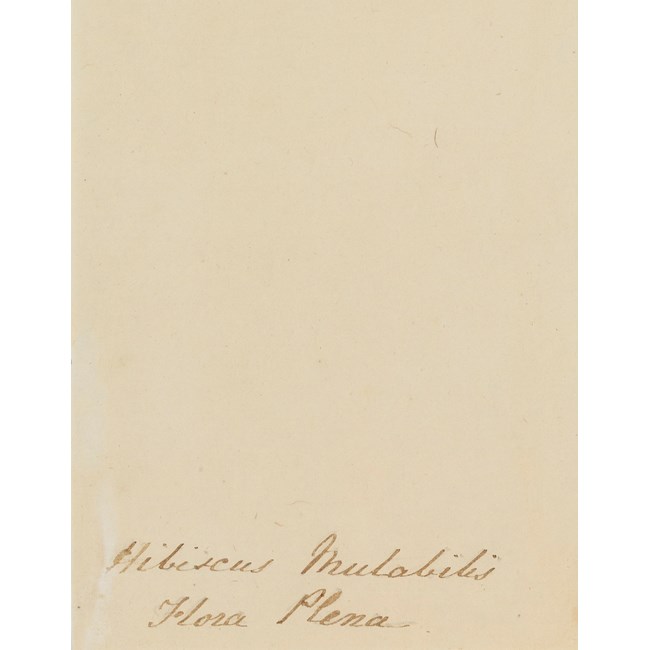
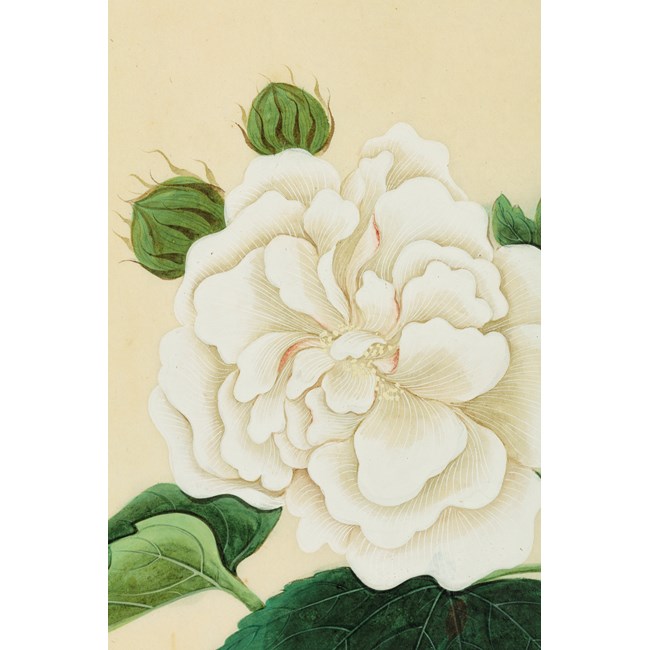


 instagram
instagram
